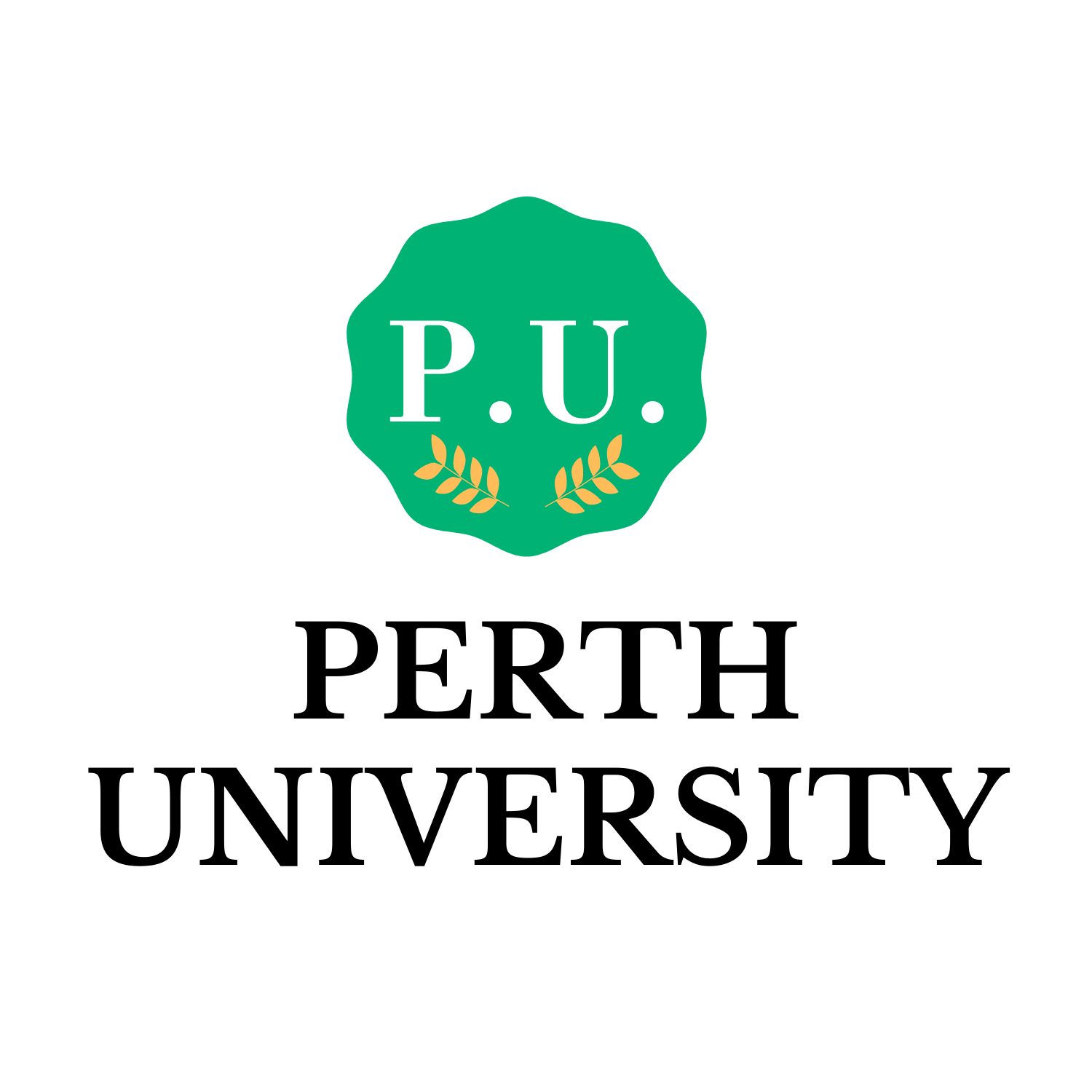With increased media attention, pink salt has gained in popularity and has gained its own market. Often promoted for its alleged health benefits, pink Himalayan salt is positioned as a nutritionally superior alternative to white table salted water. However, there have been no studies published that examine the nutritional composition of pink Himalayan or other salts. Therefore, these benefits are not fully understood. Read on for some of the most important facts about these salts.

The samples used to conduct this study were from four major health food and supermarket chains in Sydney, NSW, Canberra, ACT, and Coffs Harbour, NSW, Australia. For comparison, we also purchased samples of fine white table sodium, a standard required for iodin fortification of commercial bread. This comparison is important because iodine is necessary for the body to produce insulin. Furthermore, it is a precursor to glucagon, which is an essential hormone in the body.
The mineral sodium is essential for our health. Our kidneys control sodium levels, making it essential for muscle function and nerve impulses. Sodium is also a great exfoliant, and it aids the regeneration of skin cells. Compared to table and sea salt, pink salt has the same amount of sodium as table salt, but is rich in additional minerals such as potassium and magnesium. This combination of minerals makes it a healthy and convenient addition to many recipes.
The Himalayan salt is a natural source of multiple trace minerals, iron, and magnesium. The mineral content is extremely high, making it an excellent pickling brine and flavor enhancer. It is also great for roasting chicken and fish. We recommend purchasing Himalayan salt when you cook. It will enhance the flavor of your food and make cooking easier. Its trace minerals and iron content make it a versatile ingredient for pickling.
It is not known whether the mineral sodium in pink salt is safe for human consumption. It is important to know the sources of salts in our diet. Its sodium is essential for the kidneys. It helps to send nerve impulses and improve muscle function. It is also an excellent exfoliant. In addition, it is antimicrobial. Hence, it can be a great choice for people with sensitive skin.
The study conducted in Australia shows that the amount of sodium in the pink salt that is sold in the market is low enough to be safe for consumption. Despite this, it contains very high amounts of sodium. Nevertheless, the nutrient content of the salts in Australia and Peru is similar. The difference in sodium content is only minimal. In some cases, the amount of lead is higher than the limit. It is recommended that we consume less than 5 grams of pink sea salt per day, as much as possible.
In addition to sodium, pink sea salt contains additional minerals that are beneficial for human health. Sodium is an important mineral that regulates the kidneys. It is helpful in sending nerve impulses and improving muscle function. It also has antimicrobial and antibacterial properties. In addition, sodium is an effective skin exfoliator. While its sodium content is similar to that of table-salt, it is beneficial for the skin.
In addition to the benefits of pink sea salt, it also contains an added benefit: iron. This mineral is necessary for human life. It is found in red blood cells, which are crucial for normal functioning. It improves the immune system and lowers the risk of anemia. Apart from its nutritional properties, sodium also has antimicrobial properties. Moreover, it is essential for healthy skin and hair. So, it is not just a natural exfoliator.
The study used 31 samples from two metropolises in Australia and one regional town. Although the researchers tried to purchase all available samples, they may not have sampled all kinds of pink salts. This study may not be definitive, as it only included a single version of pink sea salt. While the findings of the study are promising, it is important to note that the results of the study may be prone to bias.
